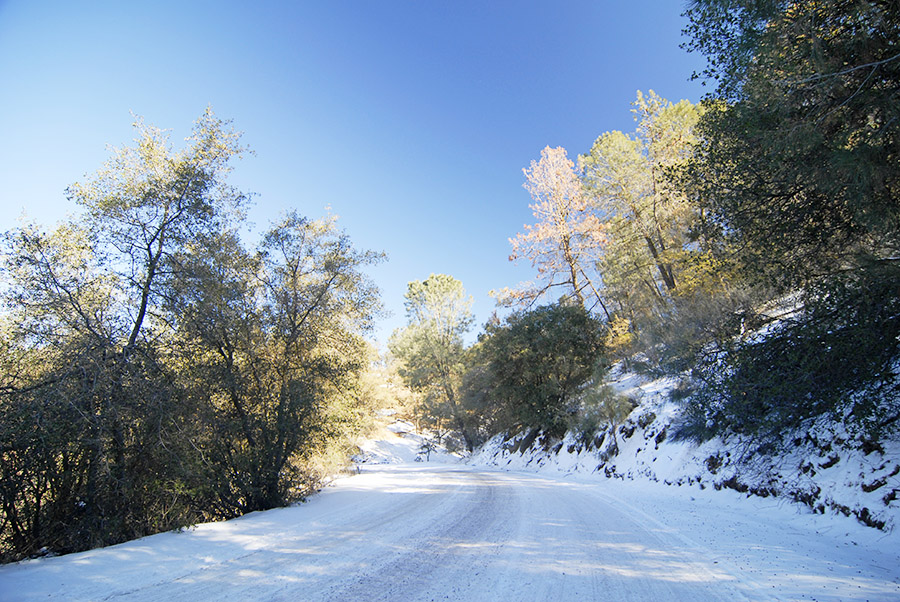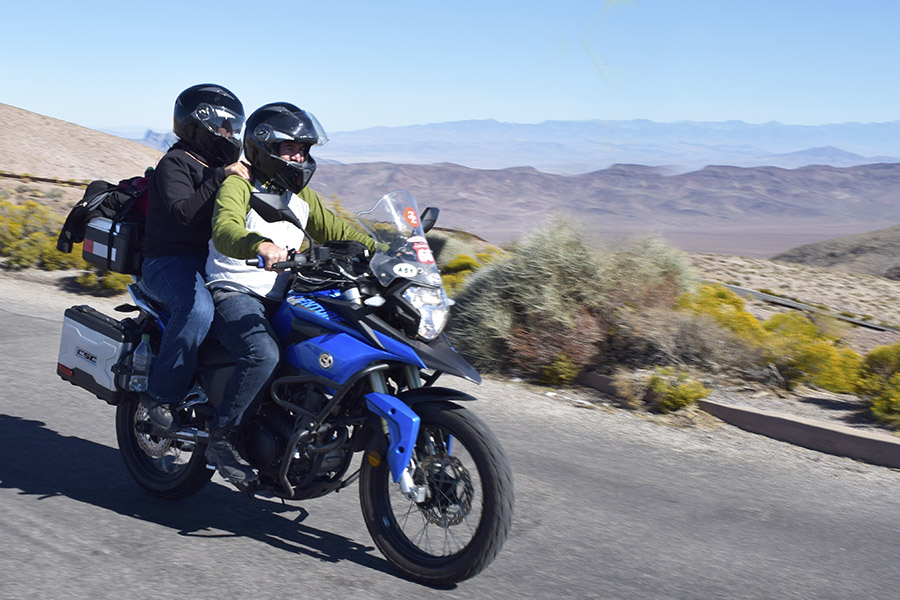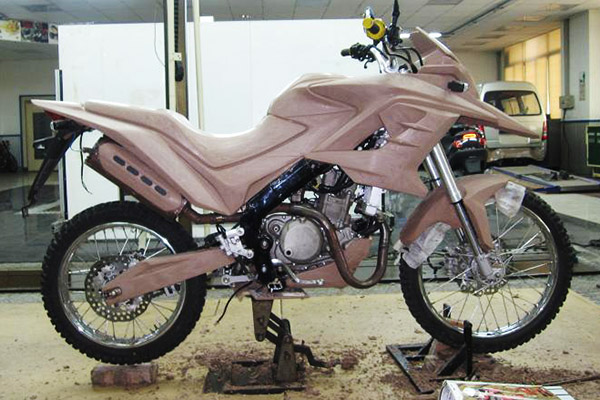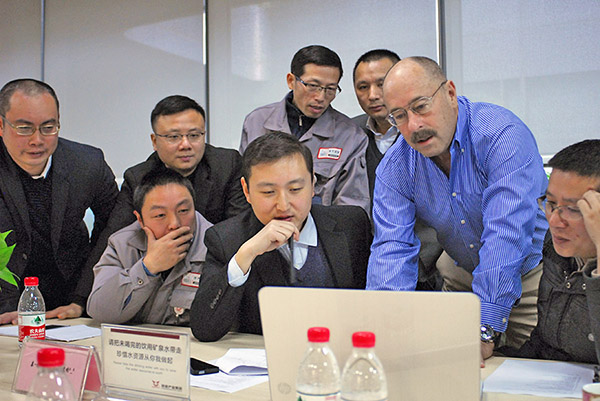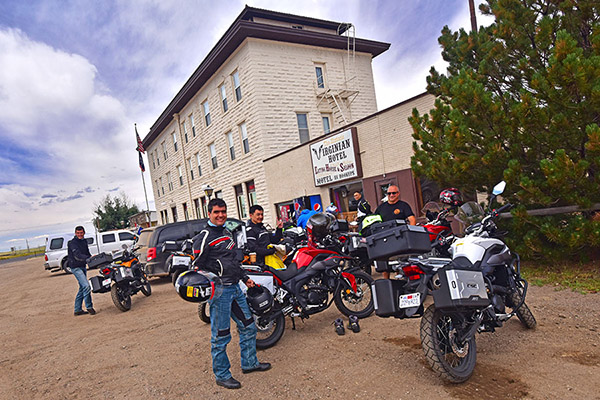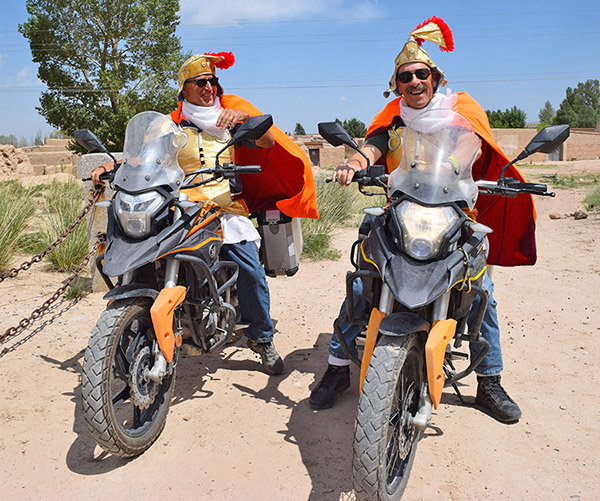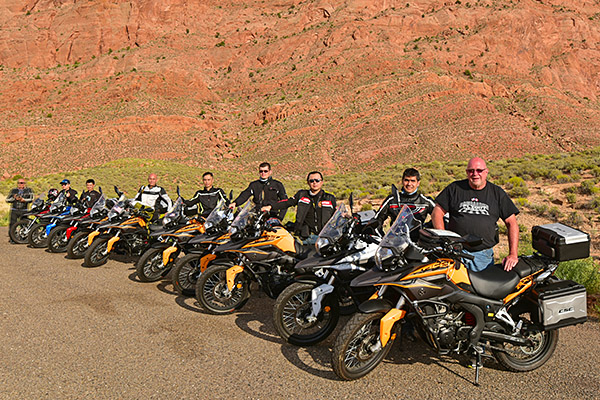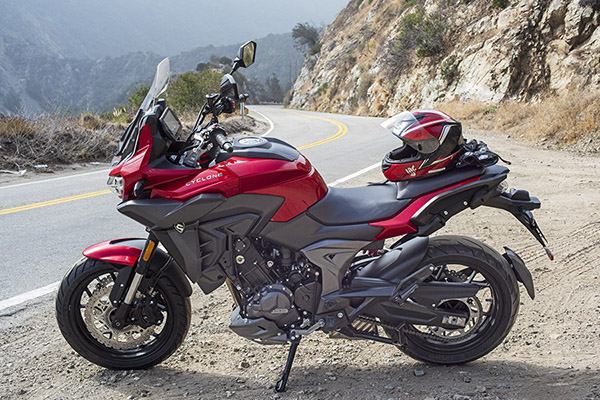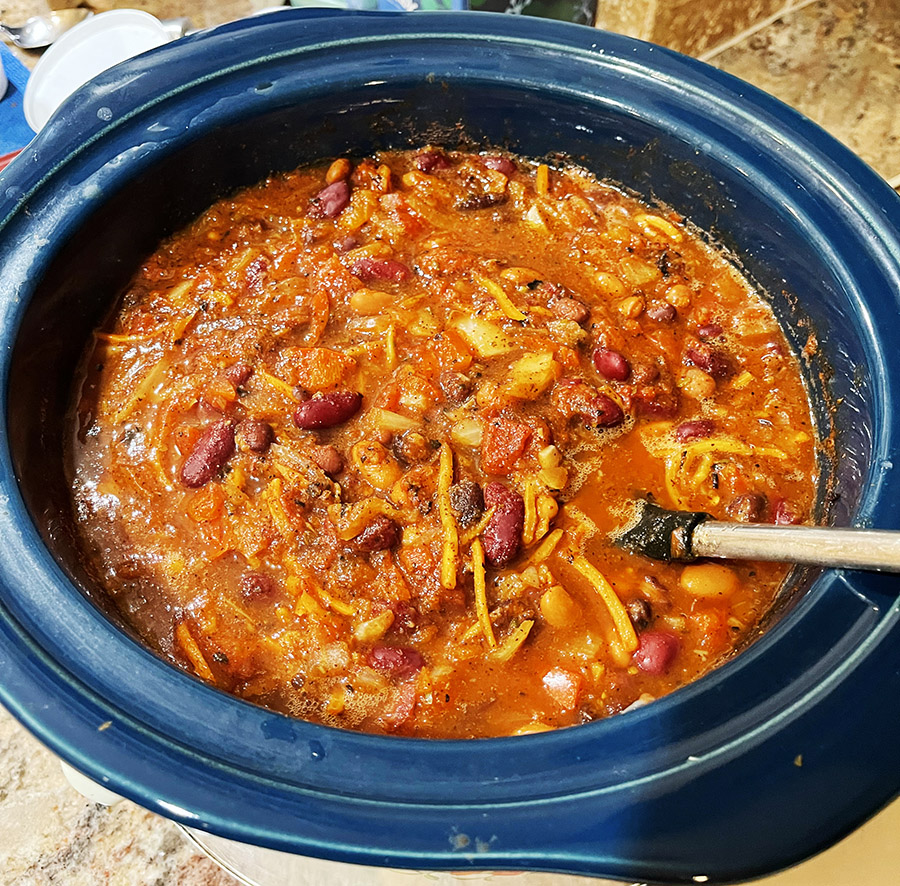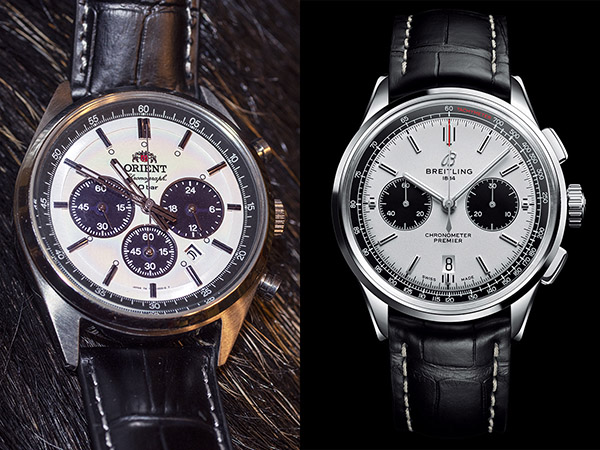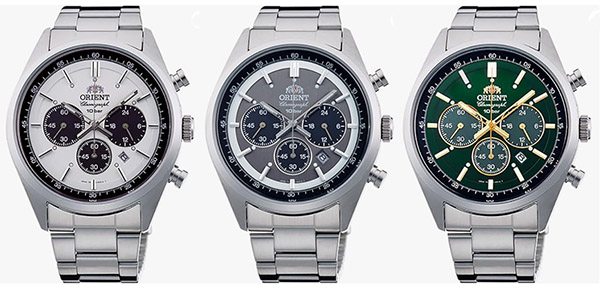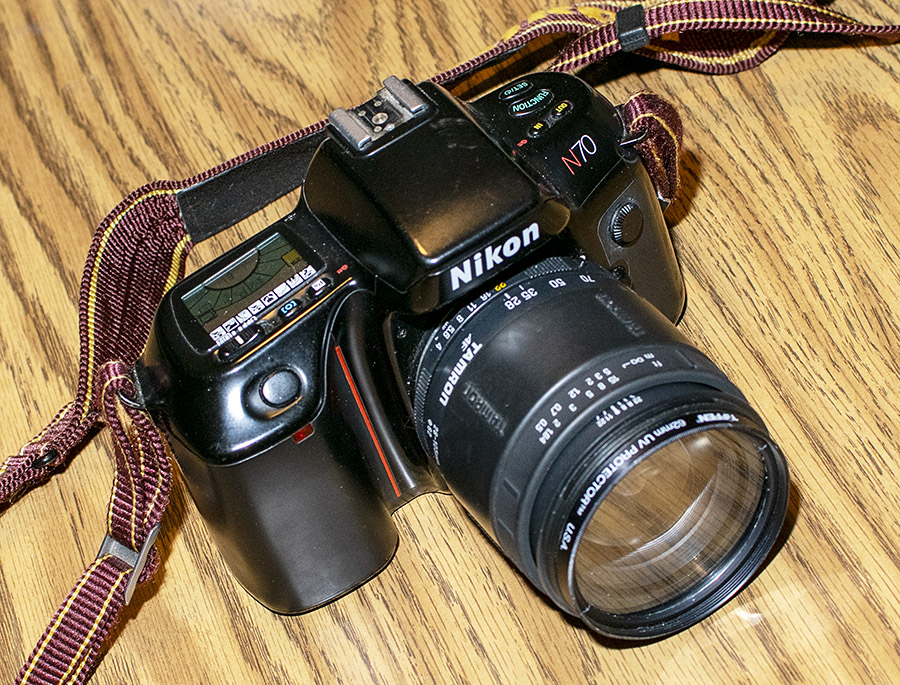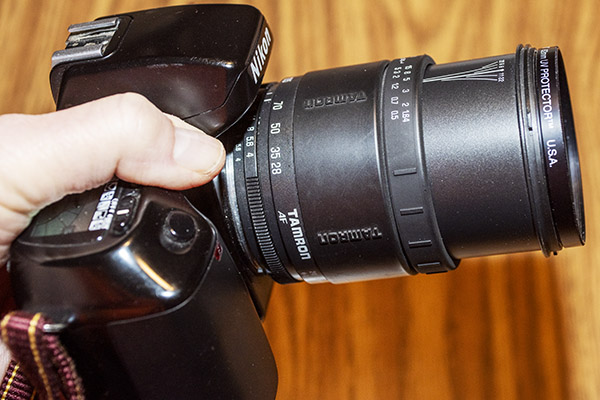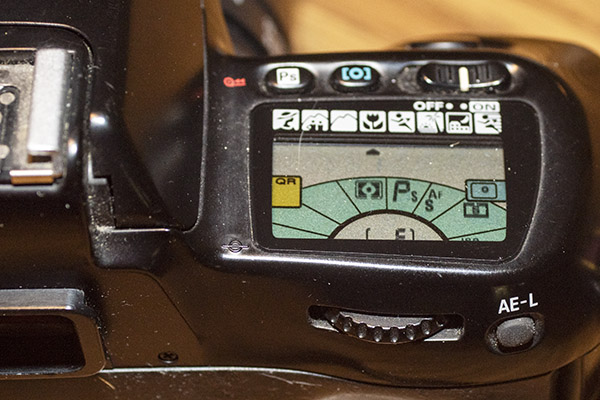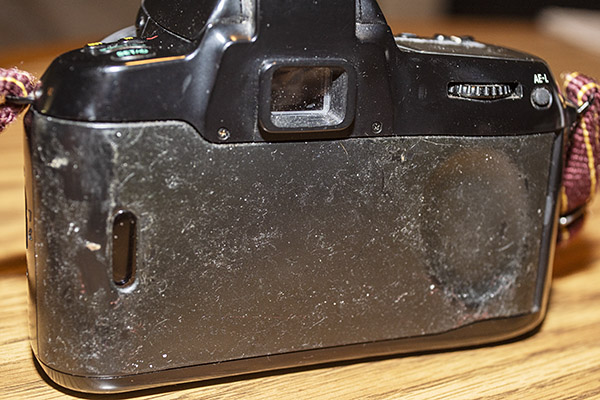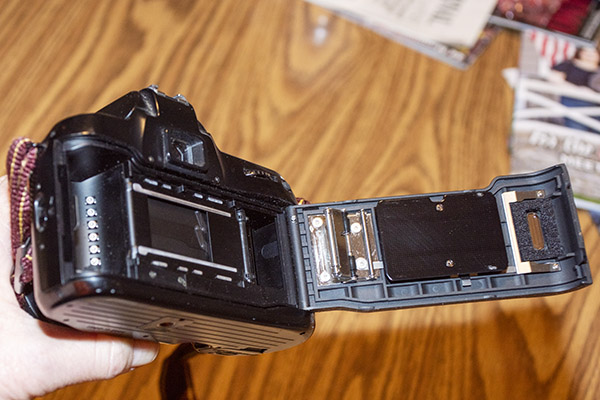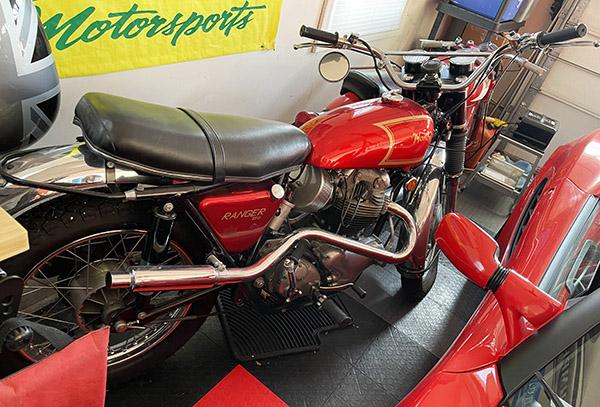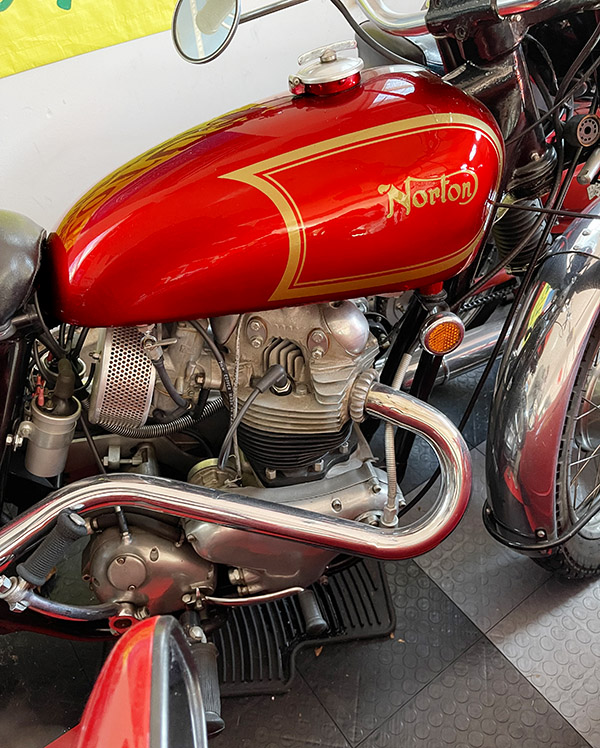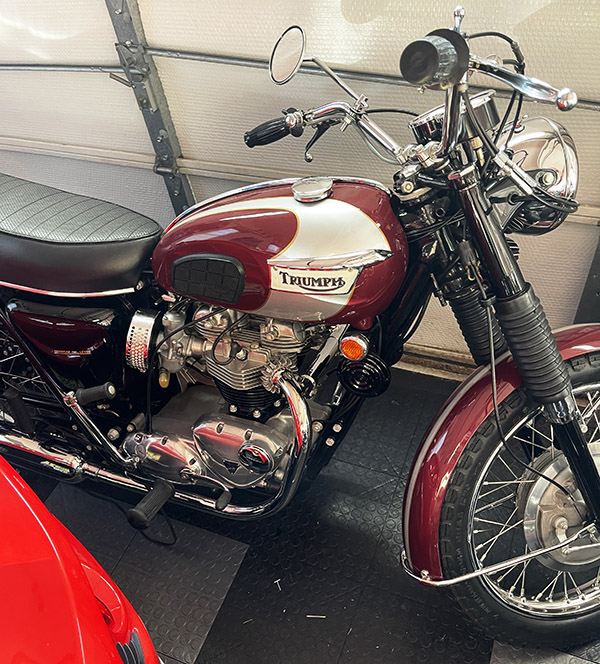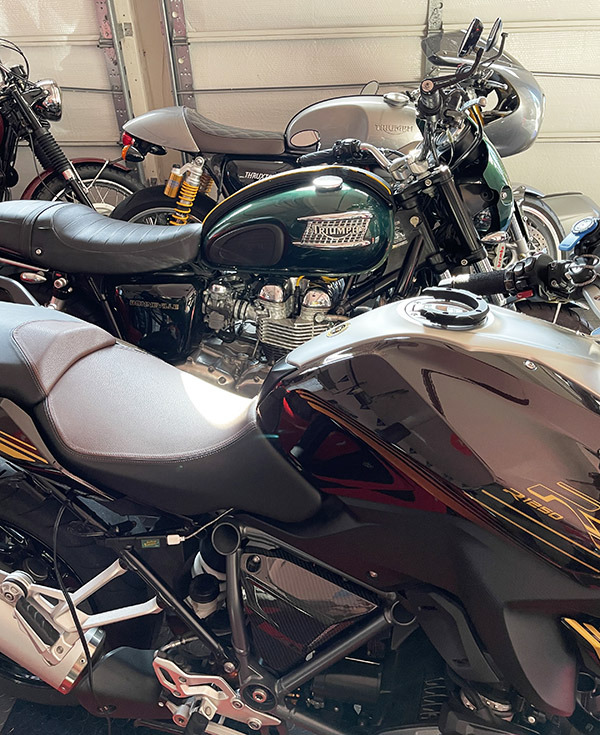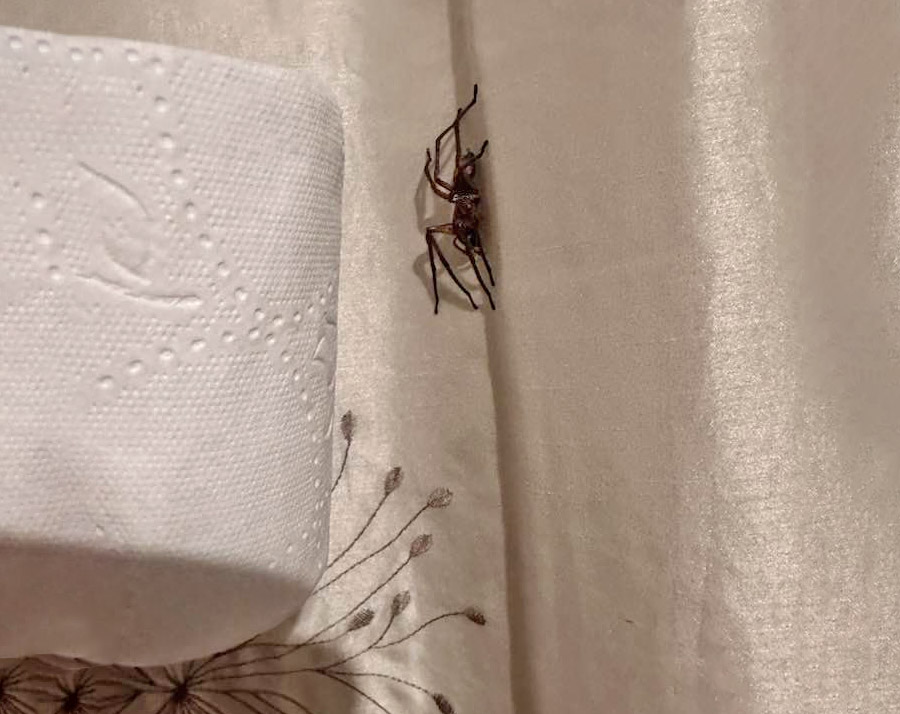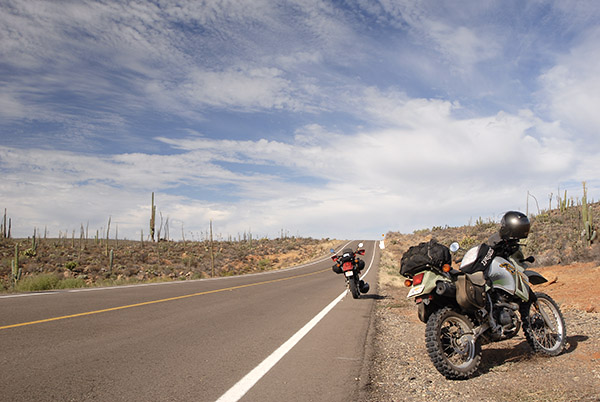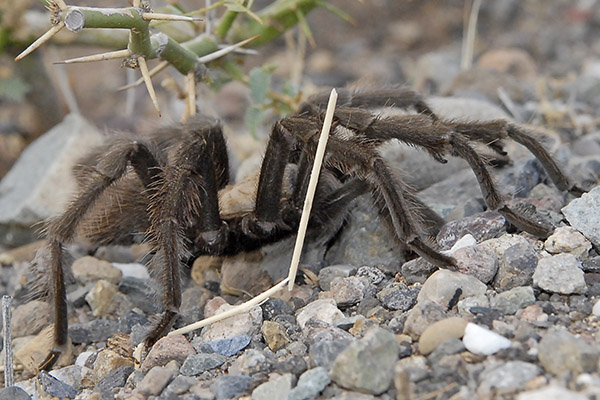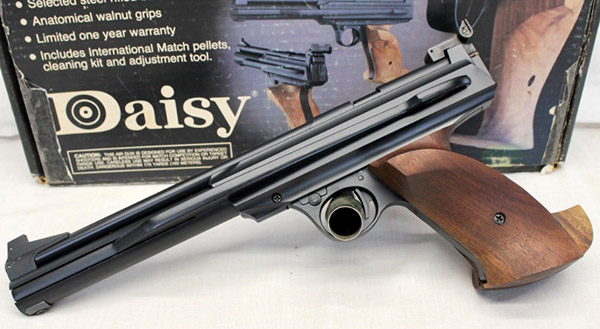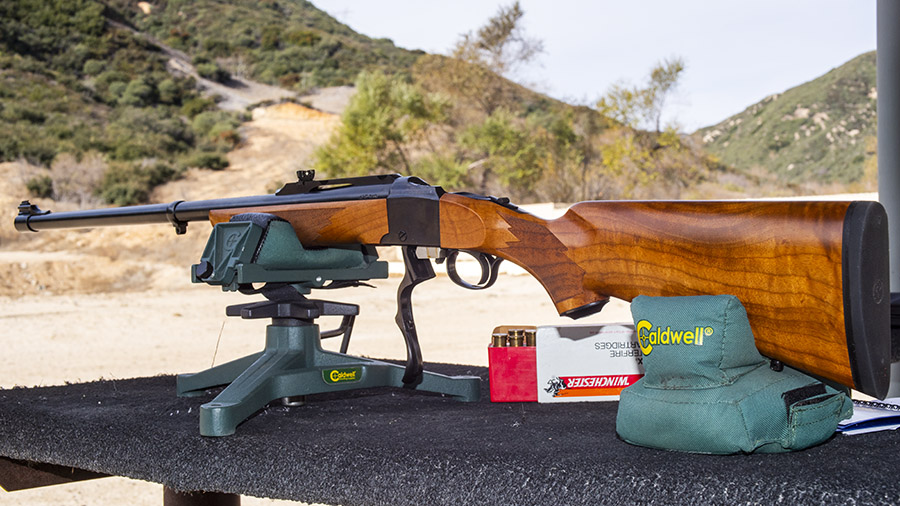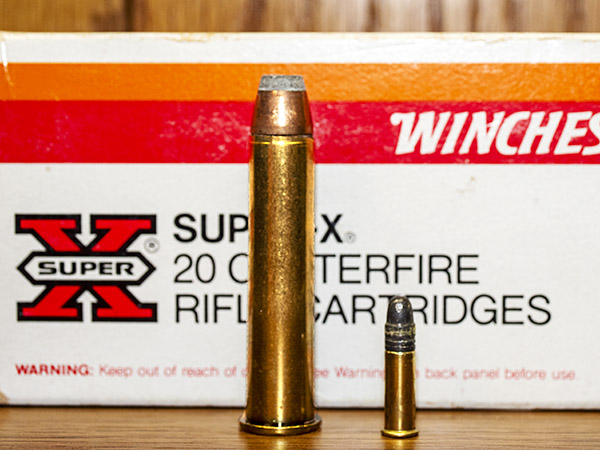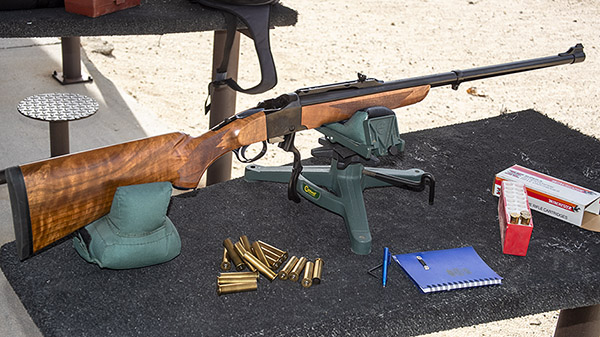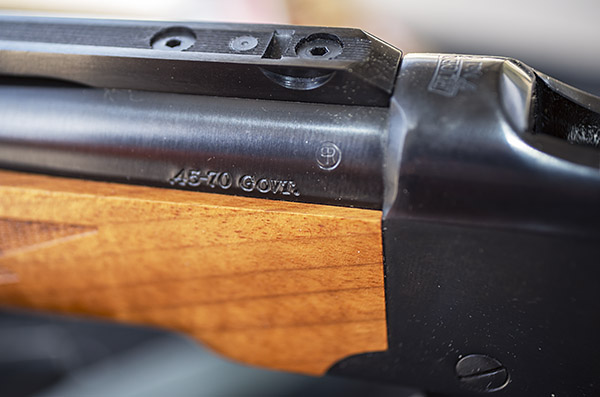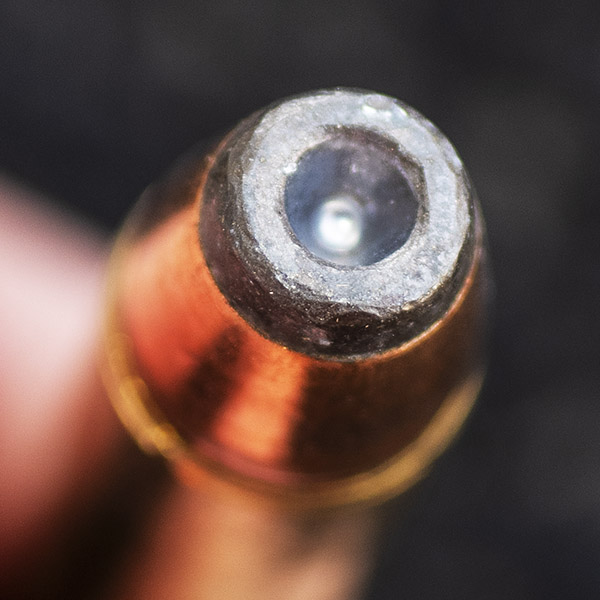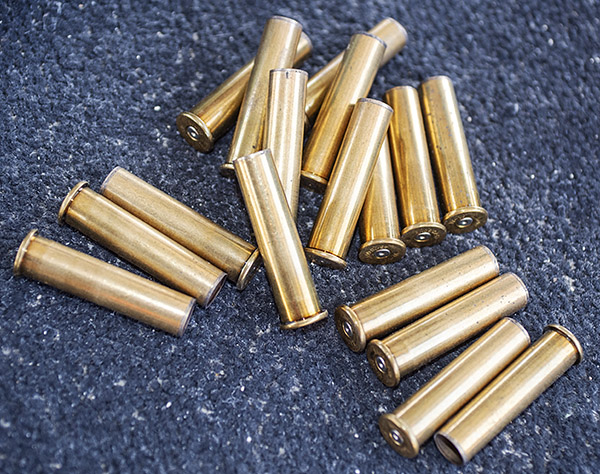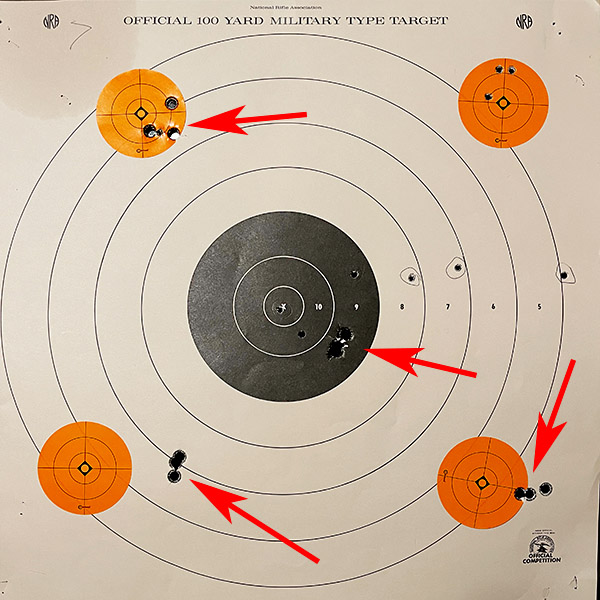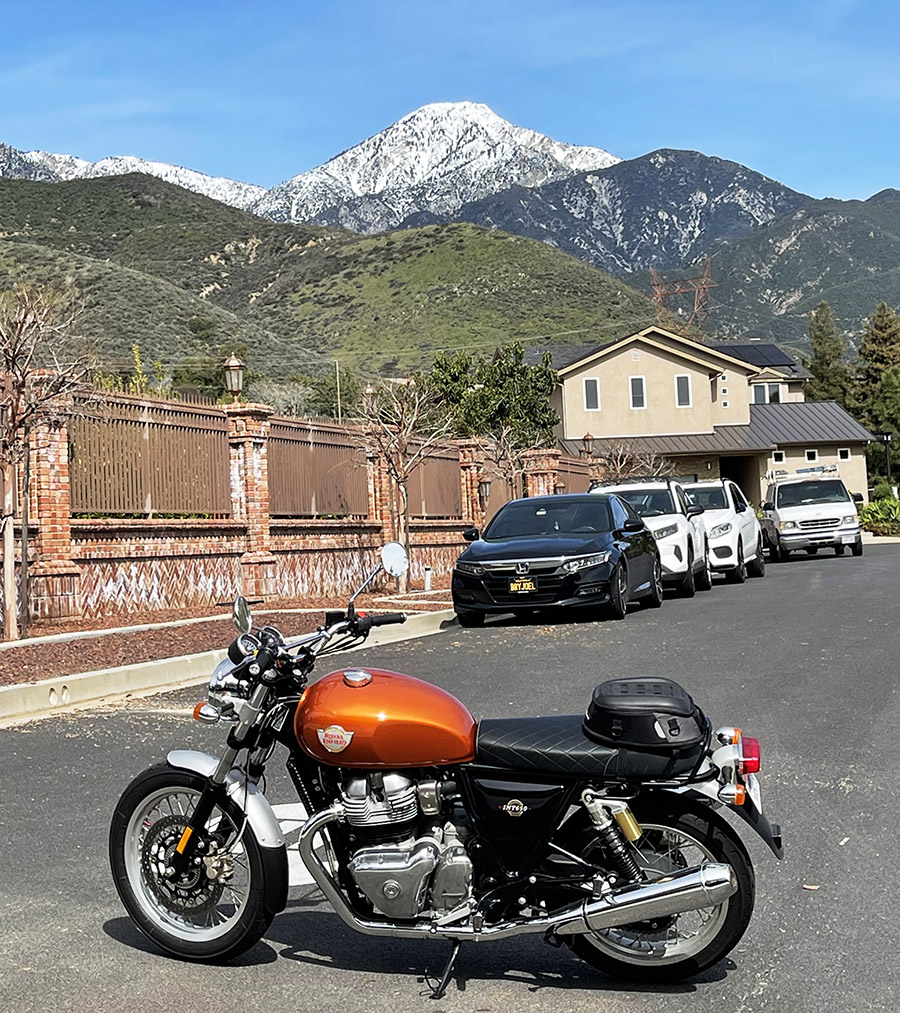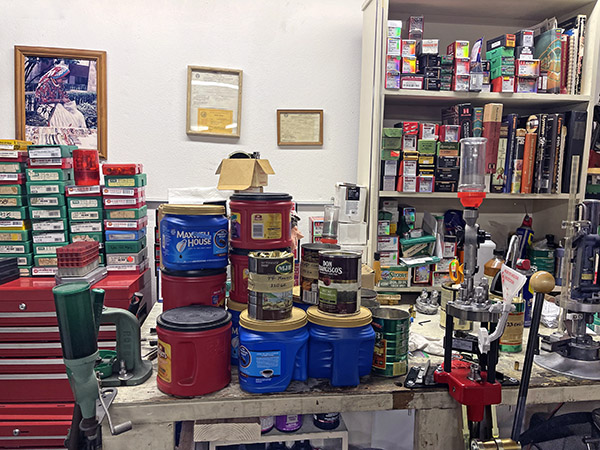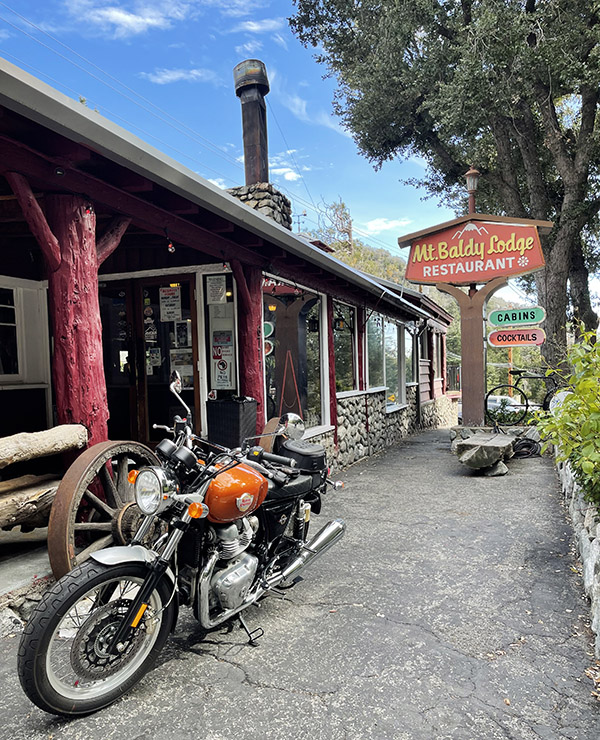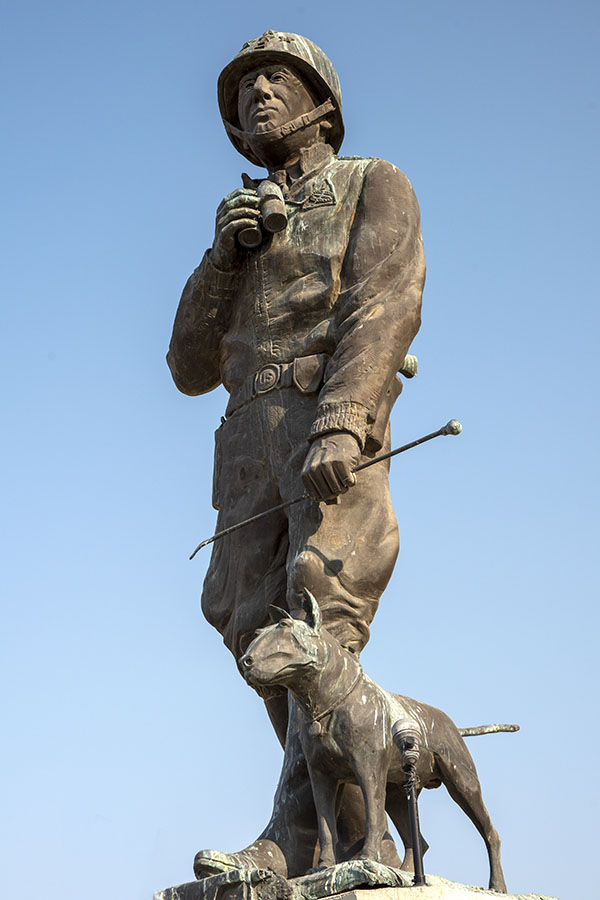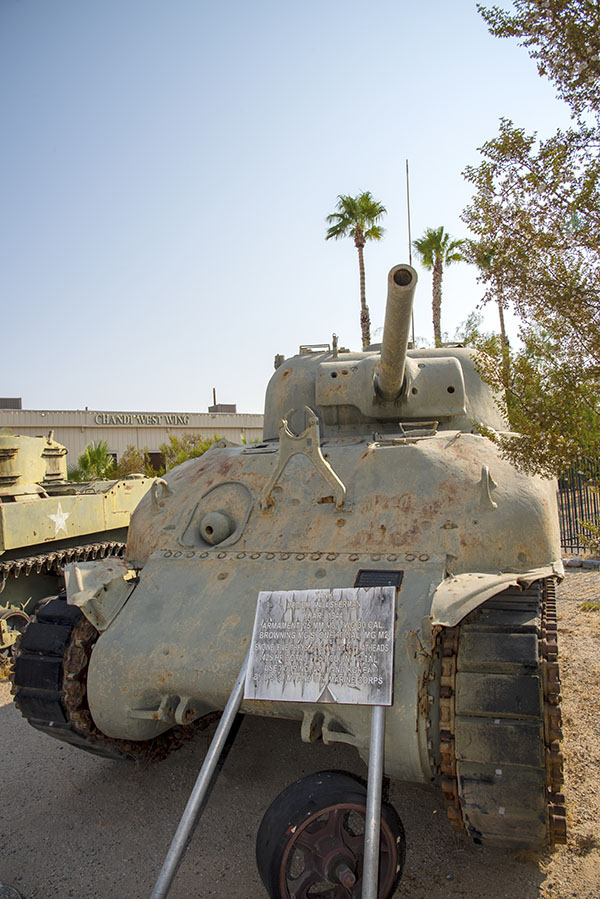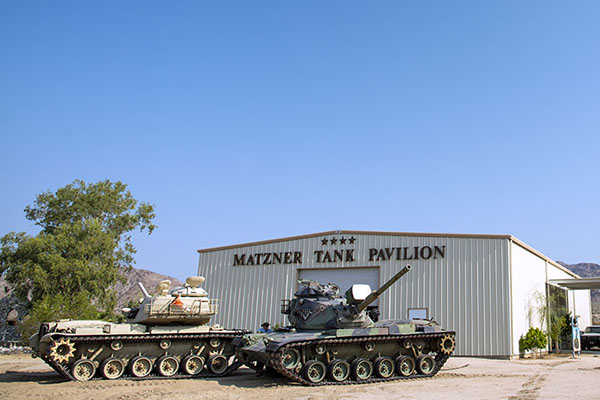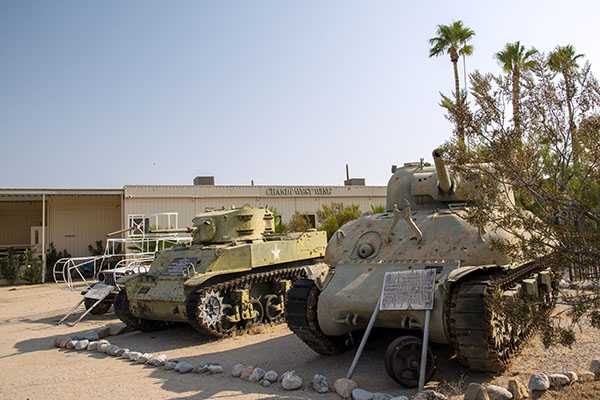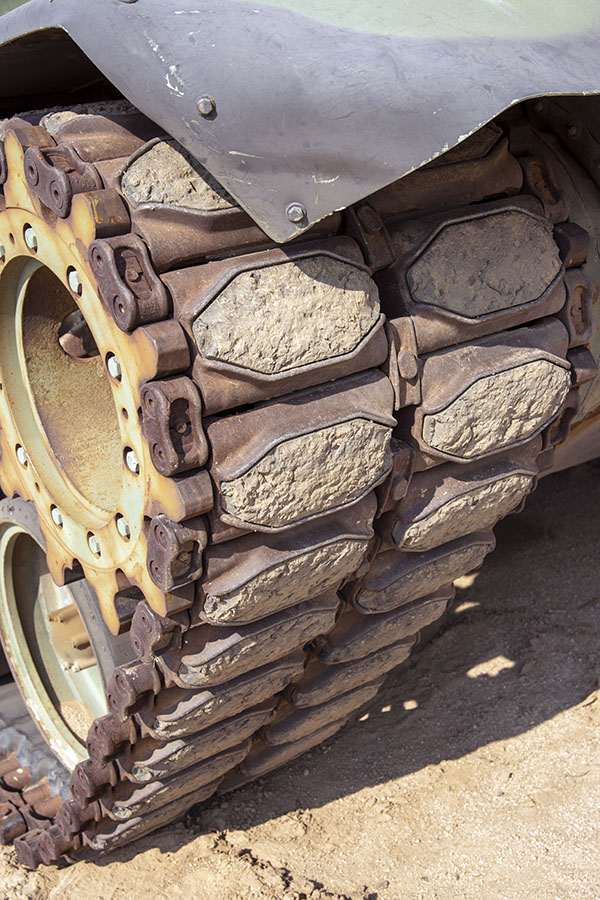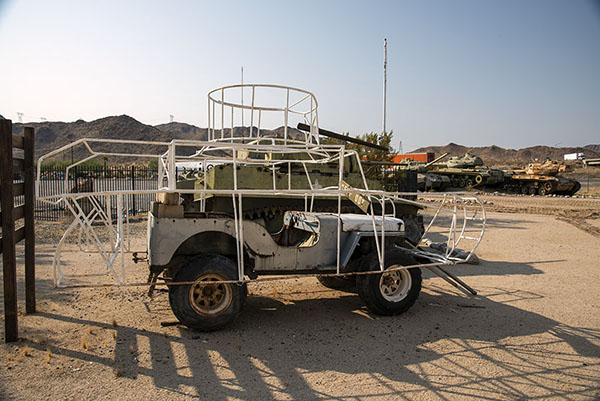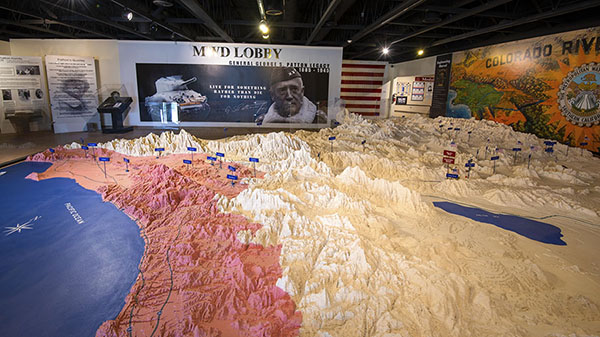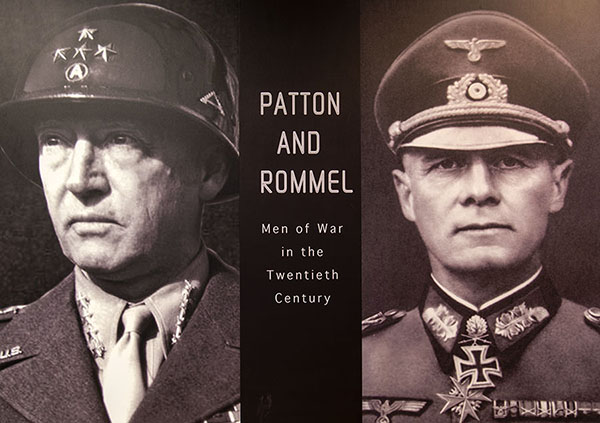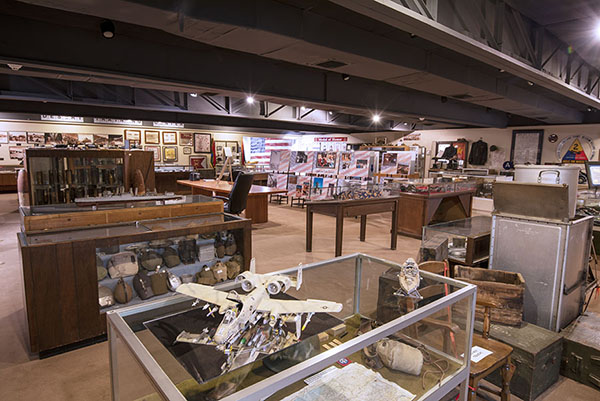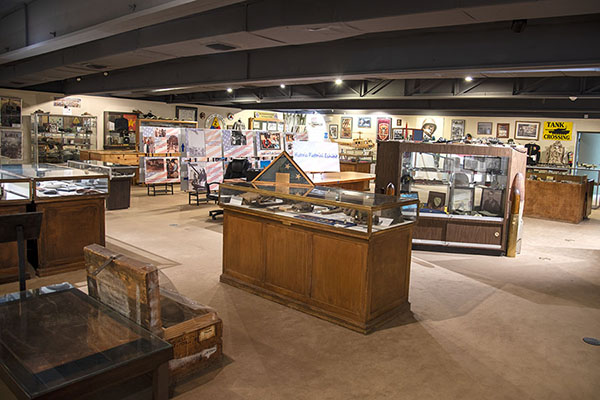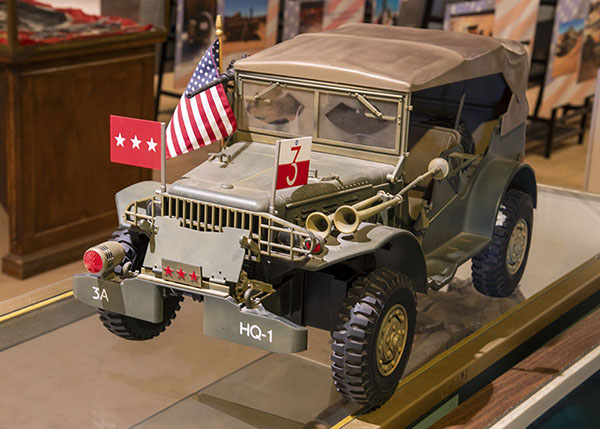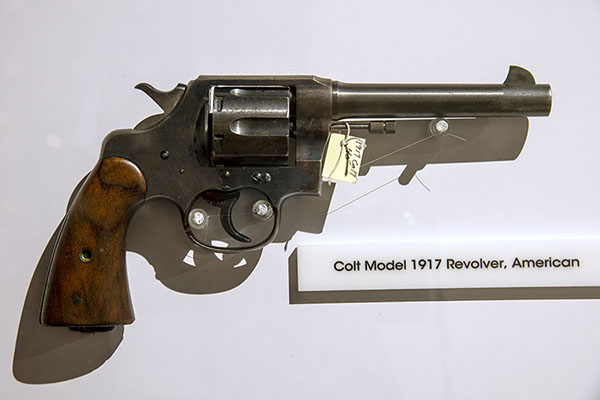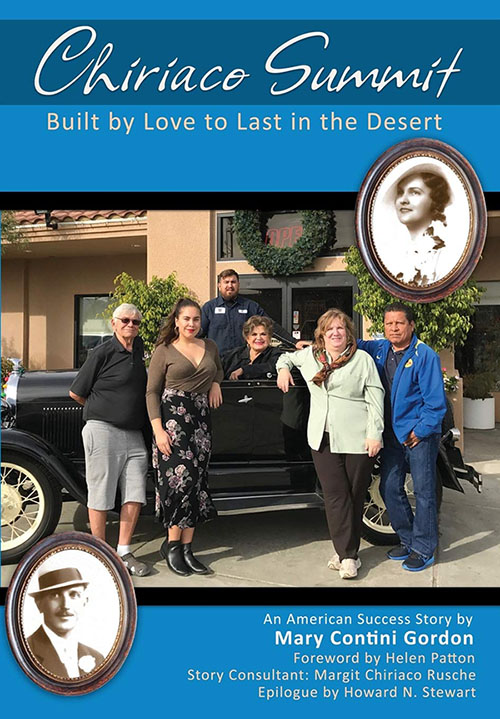By Joe Berk
A few weeks ago I posted a blog about riding in the rain. With all the snow blanketing parts of the US this winter, I thought it fitting that I post a blog about getting caught in the snow. I’ve ridden in the snow four times and none of them were fun.
Crater Lake
On this ride, my buddy Marty and I were on our way home from Calgary to California after completing the 2005 Three Flags Classic rally. Marty was far more worldly than me and he knew all the good spots to stop. One was Crater Lake in Oregon. We rode in from the Oregon coast where the temperatures were cool but not unbearably so. We pointed our front wheels east and rode to Crater Lake. It was a brutally cold ride, and it grew even colder the further we climbed into the mountains.
We had an interesting encounter with a herd of elk on the way to Crater Lake. We had been seeing road signs warning of elk, but we hadn’t seen any until that day. A monstrous bull stepped out in front of my Triumph Daytona from the forest on the right side of the road. He stood broadside 50 yards in front of me, and he looked directly at me as if to say, “What’s your problem?” If he was attempting to intimidate me, it worked.
I stopped and Marty stopped on his BMW K1200RS behind me. My visor started to fog from my breath. It was just the three of us on that cold, cold morning: Me, Marty, and the Big Bull Elk. After what seemed like several minutes (during which I wondered how quickly I could execute a u-turn and accelerate away from those immense antlers), the elk turned his head and lazily sauntered across the road into the forest on the other side. Yeah, you’re bad, I thought.
I started to let out the clutch and moved forward a tiny bit when two more elk stepped out of the forest onto the highway. These were female elk following the alpha male who had successfully stared me down. So I pulled the clutch in again and waited. The ladies crossed the highway and I started to let the clutch out again. Then another lady elk appeared from the right. This went on for the next several minutes. Maybe as many as another 20 elk, all female, repeated the sequence, two or three at a time. I remember thinking the first one, that big bull, probably didn’t get much sleep with that harem to take care of. I wished I had grabbed a photo, but truth be told, I was too scared and shocked to react. I can still see it vividly in my mind, though.
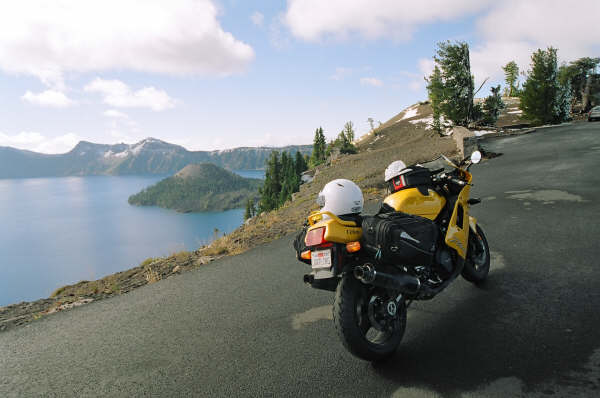
After the elk episode, we continued our climb up to Crater Lake. The sun was getting higher, but we were climbing and instead of warming the temperatures continued to drop. There were bits of snow on both sides of the road, but the road was dry and we were doing okay. I used a Gerber electric vest in those days. It was a godsend.
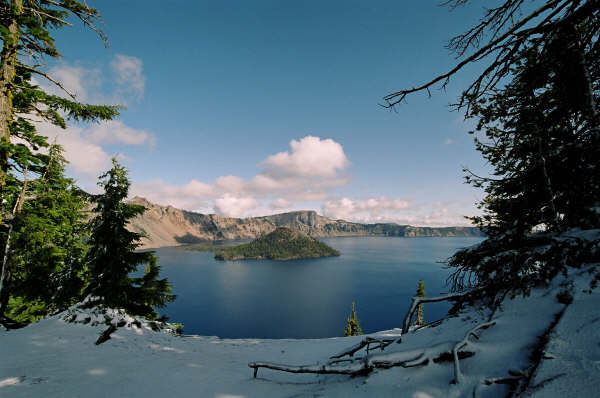
Crater Lake was interesting. I took a bunch of photos and checked that destination off my bucket list. Incidentally, on that trip I was still shooting with film. I had the N70 Nikon I blogged about earlier.
After taking in Crater Lake, Marty and I started our ride down off the mountain. The ride down was on the western side of the mountain, and the road was in the late morning shade. That section of the road had not warmed up. The snow was still there in two different forms…hard pack white snow in some places, and black ice where the snow had melted and frozen over. It was the first time I had ever ridden in such conditions on a big road bike, and I quickly realized my Daytona 1200 was way different than the Honda Super 90 I rode in the snow when I was a kid in New Jersey. Piloting that Triumph down off the mountain was an extremely demanding and mentally-draining 15-mph riding experience requiring intense concentration.
Fortunately, I remember thinking, Marty and I were the only two guys out there and I didn’t have to worry about anyone else on the road. Marty was in front and we both were taking things very easy. Then in my left peripheral vision I sensed a yellow vehicle starting to pass me. I was pissed and confused. Who the hell else is out here, I thought. Can’t they see I’m on a motorcycle, I’m on ice, and why the hell are they passing me?
Then I realized who it was. What I saw in my peripheral vision wasn’t another vehicle. It was my motorcycle in the rear view mirror. The big Triumph was sliding sideways. The yellow I had picked up peripherally was my rear tail light cowling. Damn, that was exciting! (And terrifying.)
Marty and I made it down off that mountain, but it was a religious experience for both of us.
The Sweetwater Rattlesnake Roundup
This was a ride coming h0me from the Annual Rattlesnake Roundup in Sweetwater, Texas (I wrote about the Roundup before and you can read that story here). We spent a half day at the Rattlesnake Roundup, another hour or so at the gun show in the hall next to the Rattlesnake Roundup, and then had a late afternoon departure headed home. The first portion of that ride was okay, but as the sun set the temperature dropped big time and the wind across Interstate 10 kicked up dramatically. We crossed into New Mexico and the wind was blowing so hard it felt like the bikes were leaned over 30 degrees just to keep going straight.

We pulled off the highway in Lordsburg, New Mexico, around 10:00 p.m. and stopped at the first hotel we saw. It was one of those small old Route 66 type motels (you know the type…a cheap single-story structure still advertising they had color TV). One of us (I can’t remember if it was Marty or me) decided we wanted to look for something nicer. We continued on into town and found a nicer hotel, but the desk clerk told us they had no rooms left. “With this wind, every trucker is off the run and in a hotel,” he said. The next town was 50 miles further down the road. I looked at Marty, he looked at me, and I made the case for doubling back to the Route 66 special.
We entered the lobby and two other people looking for a room followed us in. We were lucky. We nailed the last room in Lordsburg (which, I know, sounds like the title of a bad country western song). The folks behind us were out of luck. I have no idea what they did.

When we woke up the next morning, the bikes were covered in snow. There was no way we were going to ride in that, so we walked across the parking lot to a diner and had a leisurely breakfast. By 10:00 a.m. there was still snow on the ground, but the roads were slushy (not icy) and we could ride. When we were back on Interstate 10 the slush had disappeared and the road was dry. It was cold. I again enjoyed my Gerber vest. We made it back to southern California late that night. It was pouring rain (that’s the bad news), but it wasn’t nearly as cold as it had been and there was no snow (and that’s the good news).
The Angeles Crest Highway
I met my buddy Bryan at a water treatment company. Someday I’ll write a story about that company and the guy who started it. He was a crook (the company founder, not Bryan) and I’m not exaggerating just because I didn’t like the guy. He actually was a crook who was later charged with financial fraud and convicted. I know, I’m digressing again. Back to Bryan, me, motorcycles, and riding in the snow.
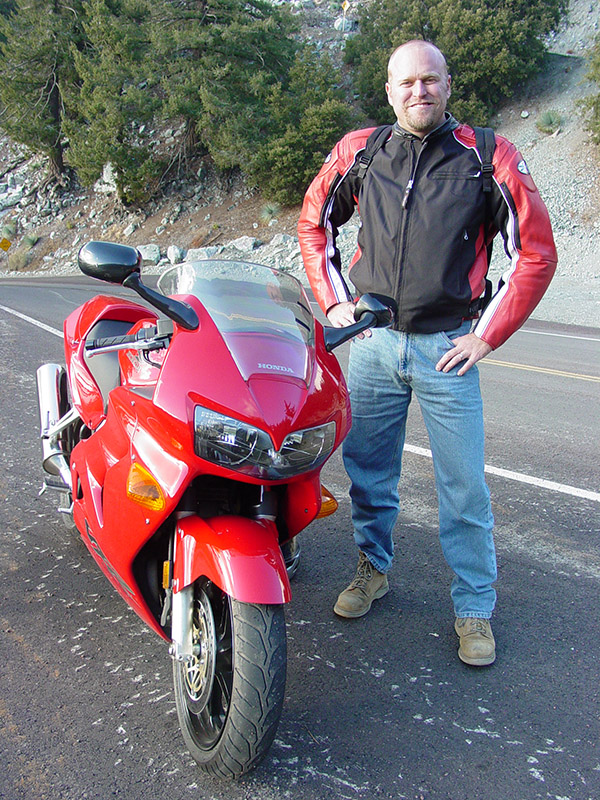
Bryan was fascinated by my motorcycles (I owned four or five at the time), and within a few weeks he had purchased a Honda VFR. That VFR was a nice motorcycle (one I never owned but always wanted), and Bryan and I started doing a lot of rides together. We both live in southern California at an elevation of around 1700 feet above sea level, and it is rare to see snow here. I think in the 40+ years I’ve been in So Cal I’ve seen snow twice at my home, and it both cases it didn’t stick.
Bryan and I often rode the Angeles Crest Highway. We would take the 210 freeway to Glendale to pick it up, ride over the mountains on the Crest (the Angeles Crest Highway), stop for gas and sometimes a meal in Wrightwood on the other side of the San Gabriels, and then head home through the Cajon Pass on Interstate 15. It’s one of the best rides in the country.

One day in the winter months, it was comfortable So Cal winter weather when Bryan and I decided to ride the ACH, but in the opposite direction. We rode up the 15 to the 138, we rolled through Wrightwood, and then we picked up the Crest heading over the mountains to Glendale. It got cold fast, and by the time we were on the Crest it was brutal. Then it started to snow. It didn’t seem that bad at first and we pushed on. I was on my Daytona 1200 again, and I could feel the bike moving around beneath me. I’d already ridden the Daytona on icy roads in Oregon (see above), so I thought I’d be okay. But this was worse. I could feel the big Daytona sashaying around like an exotic dancer in a room full of big tippers.
Bryan and I stopped. “Think we should turn around?” one or the other of us asked. “Nah, it probably won’t get worse and it’s shorter to keep going than it would be to turn around,” one or the other of us answered. We had that same conversation telepathically three or four more times. The weather was worsening and we hadn’t seen another vehicle on the road since we started. No motorcycles and no cars. It was just us.
Finally, we made it to Newcomb’s, a legendary Angeles Crest roadhouse that is no more (a pity, really…you’d see all kinds of moto exotica and sometimes Jay Leno up there on the weekends). We stopped for a cup of coffee and a bowl of chili. The parking lot was empty, but the place was open. The bartender was shocked when we entered. “How did you get up here?” he asked.
“We rode,” one or the other of us said.
“How did you do that? The road’s been closed because of the snow and ice.”
Well, what do you know? We had our coffee and chili and we warmed up. When it was time to leave, we kept going toward Glendale. No sense going back, we thought. We already knew the Crest behind us was bad. But we soon learned the road ahead wasn’t any better. It was a white knuckle, 15mph ride all the way down, and man, was it ever cold. But it made for a hell of story. I’ve ridden the ACH many, many times…but only once on snow and ice when the road was closed.
The “Build Character” Ride
In my opinion (and I’m the guy writing this blog, so it’s the one that counts) riding in the snow and ice is dumb raised to an exponent. If you’re already on a trip and you get caught in it, it’s sort of understandable. Making a decision to intentionally ride into the snow, though (at least to me), is a really dumb move. But yeah, I did it. Once. Peer pressure is a bitch, let me tell you.
The story goes like this: A bunch of us guys used to meet every Saturday morning at the local BMW dealer to listen to and tell tall tales (said tall tales usually involving motorcycles, women, or both). We did a lot of rides together, this group did. Baja. The American Southwest. The Three Flags Classic. Weekend rides up the Pacific Coast Highway to Pismo Beach for a barbeque dinner in nearby Nipomo at Jocko’s. And more. We were not spring chickens, either. I was in my late 50s and I was the youngest guy in the group. Most of the other guys were real deal geezers in their 70s. One guy was in his 80s.
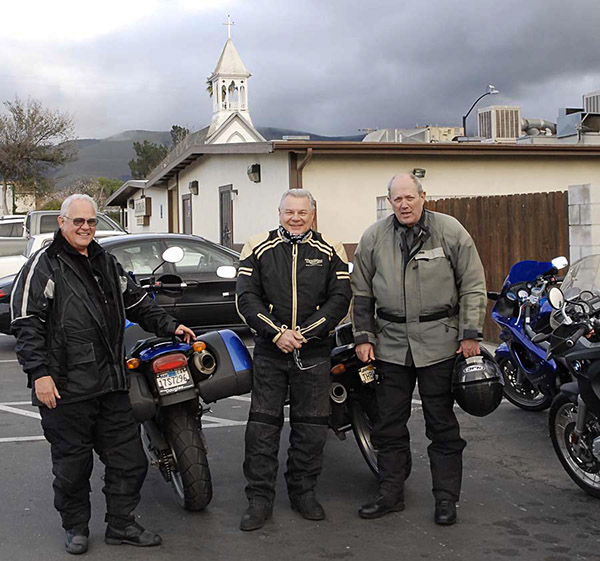
One day at one of our Saturday gatherings one of the guys had this brilliant idea that instead of simply getting caught in the rain, it would be a grand idea to start a two-or-three day ride in the rain when rain would be forecast for the entire ride. You know, a tough guy ride into bad weather. We would do the two-day run up to Pismo, through the mountains and along the coast, and do it on a weekend when it would rain all weekend. “It will build character,” said the geezer whose idea this was. Mom had warned me about guys like that. I should have listened.
Everybody was in. Like I said, peer pressure is a bitch. I had ridden plenty in the rain, and if you are properly attired, it’s not that bad. But snow and ice? Nope, that’s positively not for me. That’s what happened on this ride. Remember I said along the coast and in the mountains? Well, it was that mountain part that did us in. It was in the winter, we were at higher elevations, and sonuvabitch, all of a sudden that rain wasn’t rain any more. It was snow. The roads never froze over, but it was plenty slushy.
Somewhere along our descent, the snow reverted to plain old rain again, and we made it to Pismo without anyone dropping their bike. I noticed on the way home, though, we rode the coast (where it was modestly warmer) all the way back. I guess each of us felt we had built enough character to have banked a sufficient amount.
There you have it…my thoughts on riding in the snow. The bottom line from my perspective is that motorcycles and snow don’t mix. Your mileage may vary. If you think otherwise, let us know.
Never miss an ExNotes blog:

